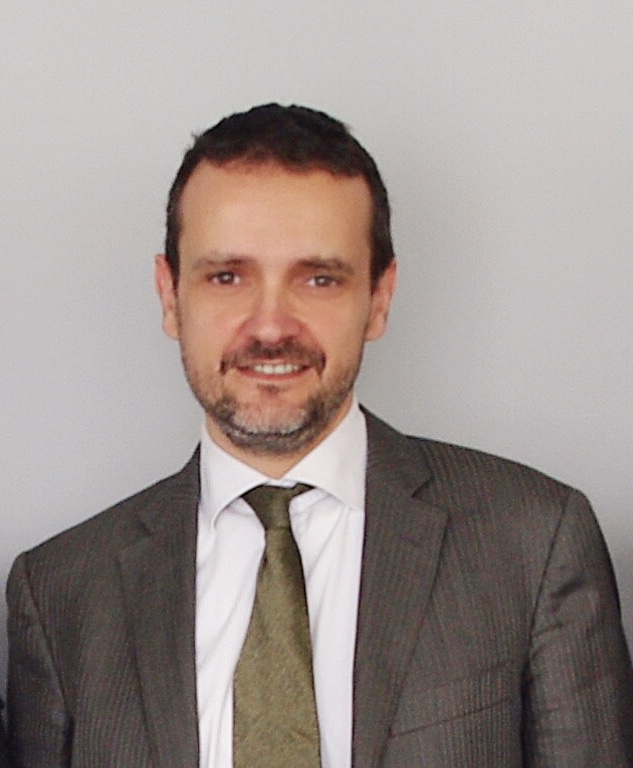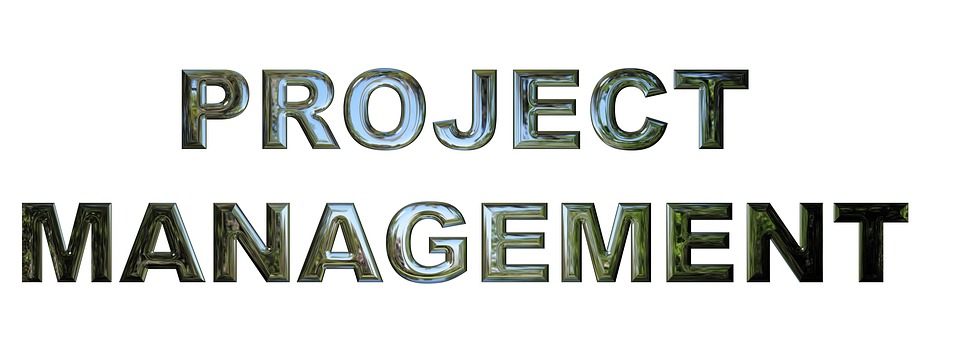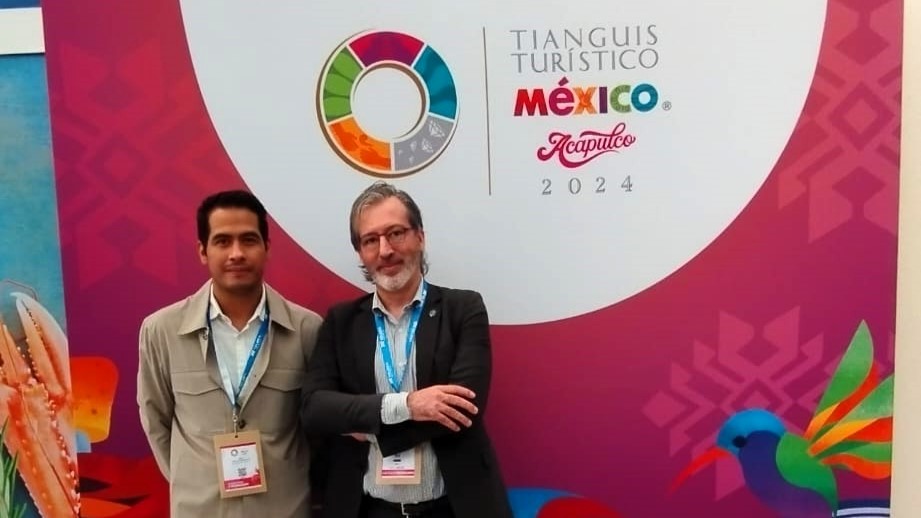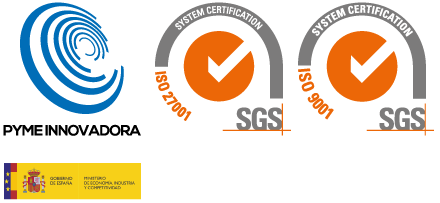All managers in a company are clear about the radical importance of Strategic Planning: they must have a definite idea of where we want to go and how, because the survival and development of our business depends on it. And even more so in these times where change and speed require constant evolution and adaptation. Strategy sets the course for us, it is the compass that must guide the steps to be taken. If we focus on the development of IT products and services in the tourism sector, this dynamism and evolution is even more evident.
The core of any company’s strategy starts, of course, with its General Management: it establishes (with a lot of effort and analysis) a medium and long term strategy, which in order to materialize needs a series of steps to reach it, that is, a series of projects. Indeed, with the direction set, the Strategy must be implemented for practical purposes and put into practice. It is at this point that the Projects and their management acquire a fundamental relevance: the Strategy is implemented through sets of actions that are, in essence, Projects.
We know that the basic characteristics of a project are:
- It is limited in time and therefore has a beginning and an end.
- The result is a unique product or service
Do we really have the helm of our organization, are the current projects the best to lead us in the right direction?. According to the “PMI’s Pulse of the Profession®: The High Cost of Low Performance”, of Project Management Institute, only 42 per cent of organisations report high alignment between strategy and ongoing projects. To help close the gap between the company’s strategic vision and implementation, many organizations are choosing to implement a correct Project Management methodology.
It is clear that we are going through a period in which changes are taking place at dizzying speed.
Thus, the Projects are configured as a magnificent tool for their versatility, since they adopt small and large sizes, set clear time limits and allow to take maximum advantage of scarce resources. It is a scalable, evolutionary solution that is aligned with the business.
We must not forget that the need to implement projects is ultimately a strategic decision that, in cascade, ends up defining projects to be developed. Numerous reasons can be given for the need for a Project, and in the case of the IT sector in tourism we can highlight:
- An increasingly demanding market demand, with changing needs in terms of functionality, connections, reliability, etc.
- Strategic opportunities to be constantly innovating.
- Emergence of new legal requirements.
- Specific request from a client: we have to work with “tailor-made” solutions that differ according to each important account.
- New technologies that allow us to do more and better, but that require updating our products.
- Process Optimization
So, without a doubt, we should think of Projects and Project Management as the most efficient way to implement a Business Strategy, and adapt to the permanent changes that occur around it.
It is important, and this is what is put into practice in companies like Hitt Group and its brands Dingus and Etoolinnovation, to reflect on the fact that each organization is unique and needs to approach projects differently due to its internal processes; and the different projects will require that the methodology be scalable, adapted to each type of project, so that the management work involves a substantial improvement in results. The basis for establishing a good methodology is that it is practical, far from bureaucracy, but that it provides us with reliable and clear indicators on the status of projects and their alignment with strategic objectives. We aim to increase the probability of time and cost compliance of projects, and any Project Management methodology should consider possible customization for each type of project.

Marc Bara
Consultor y Docente en Project Management.
PMO Hitt Group.





